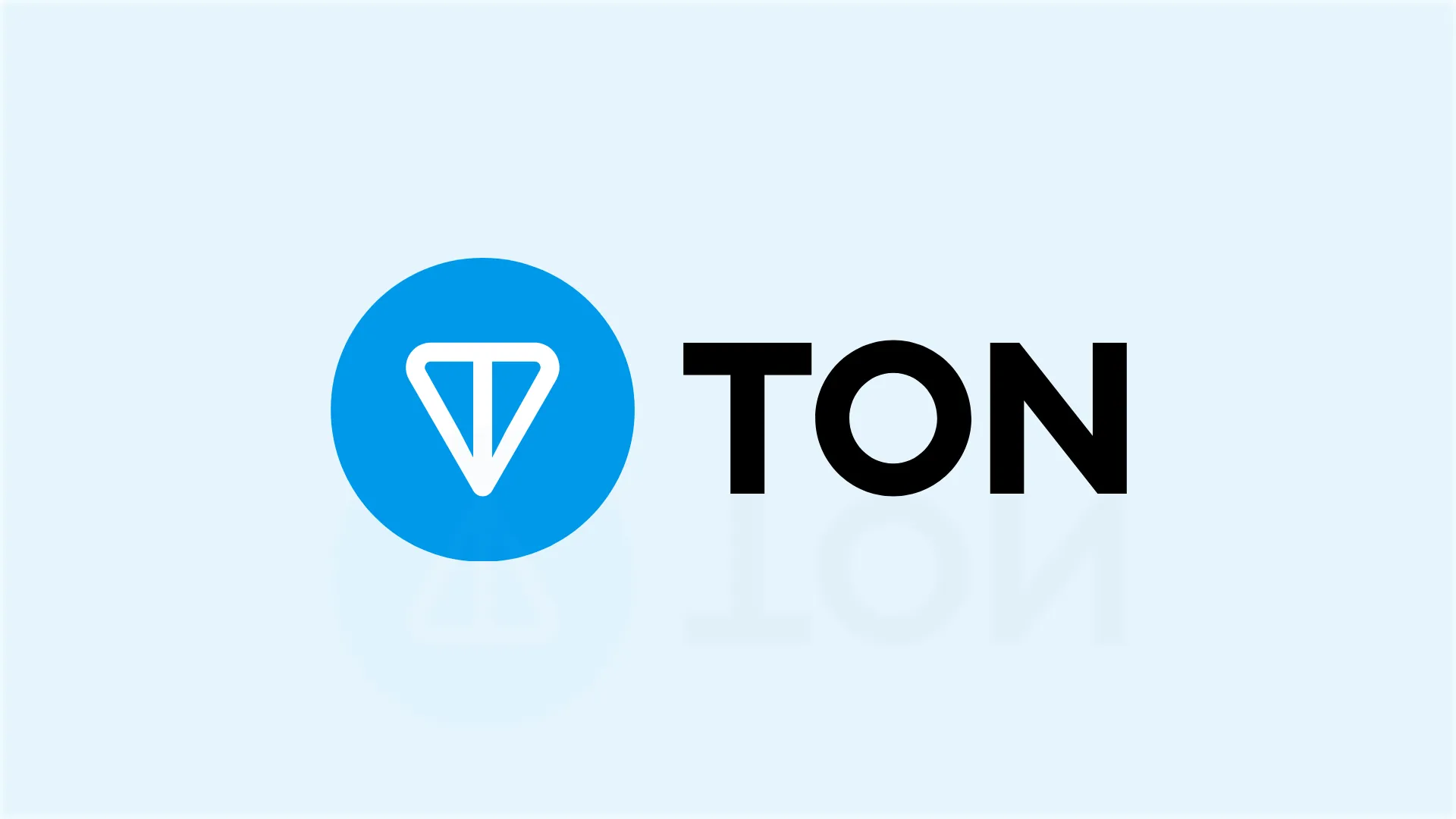A Beginner's Guide to The Open Network (TON)
31.10.2024
In an exciting collaboration with Telegram Wallet, we’re bringing you access to The Open Network (TON) — a blockchain built with visionary technology to redefine the digital sphere. Originally developed by Telegram and now carried forward by a dedicated community, TON is engineered for speed, security, and scalability. With a structure built to scale, TON aims to support decentralized applications (dApps) and services for millions of users.
Through this partnership, we’re thrilled to introduce our users to the ability to trade TON and USDT on the TON blockchain using our exclusive vouchers. This feature not only simplifies the process but also makes the world of decentralized finance more accessible than ever.
In this article, we will look at TON's development, its capabilities, and its potential to shape the future of digital technology and decentralized finance.
What is TON?
The Open Network (TON) is a decentralized blockchain, designed to address scalability and efficiency issues common in earlier blockchain systems. With Telegram’s involvement, TON aimed to revolutionize digital space by creating a highly scalable and lightning-fast blockchain suitable for mass adoption. Although Telegram eventually stepped away from the project due to regulatory challenges, TON evolved as an open-source, community-driven network, gaining traction through its unique structure, which includes layered sharding, proof-of-stake consensus, and ultra-fast processing, making it ideal for decentralized applications and services.
Key Features and Components of TON
At the core of The Open Network (TON) lies an innovative infrastructure, crafted to redefine how blockchains handle high demand and complex transactions. TON’s design addresses some of the toughest limitations in blockchain technology today, such as speed, scalability, and ease of use, making it a leader among next-generation blockchains. Here are some of TON’s defining features:
1. Sharding Technology: TON’s use of sharding allows it to split into multiple chains or "shards," enabling fast processing and the ability to handle millions of transactions per second. This makes TON highly scalable compared to traditional blockchains.
2. Proof-of-Stake (PoS) Consensus: TON employs a PoS model, allowing validators (those who stake TON coins) to secure the network and validate transactions efficiently. This consensus approach offers a high level of security and significantly reduces energy consumption, unlike proof-of-work models.
3. TON Coin: At the heart of TON’s ecosystem is the TON Coin, a cryptocurrency used for staking, transactions, and network fees. Beyond facilitating transactions and covering network fees, TON Coin also empowers users through staking, which helps secure the network by enabling validators to participate in consensus.
4. Smart Contract Platform: TON’s smart contract capability opens doors for developers to build a range of decentralized applications, from DeFi platforms to gaming ecosystems. TON’s virtual machine (TON VM) ensures these smart contracts are executed swiftly and with minimal gas fees.
5. TON Storage and TON DNS: TON includes TON Storage, a decentralized storage solution for file sharing and storage across the network, and TON DNS, which lets users create human-readable domain names for smart contracts and accounts. Together, they create a user-friendly ecosystem that streamlines interactions within Web3 environments.
TON’s Decentralization Goals and Use Cases
The Open Network (TON) was designed with a core commitment to decentralization, aiming to create an ecosystem where users control data and interact freely without centralized control. TON’s architecture fosters true digital ownership and supports a wide range of applications, from finance to content sharing.
1. Financial Transactions: TON Coin facilitates secure, low-cost transfers, making it a powerful tool for money transfers and global payments. Staking also allows users to earn rewards, promoting a self-sustaining ecosystem.
2. Decentralized Applications (dApps): TON’s scalable infrastructure supports dApps across finance, gaming, and social media, giving developers a robust environment to innovate without the limitations of traditional platforms.
3. Decentralized Storage and DNS: TON Storage and TON DNS are designed for secure file sharing and decentralized domain management, replacing centralized cloud and DNS services. This enables a resilient, censorship-resistant internet where users can safely share data, host content, and manage online identities.
Due to its broad application potential, TON can support a wide range of Web3 projects and contribute to the further expansion of the decentralized Internet.
Future Outlook and Potential Challenges
The future of The Open Network (TON) looks promising, with ambitious plans to expand and integrate into the broader Web3 space. As developers continue to create innovative applications and services, TON is trying to establish itself as a leading blockchain platform that prioritizes speed and scalability. However, it faces several challenges, including regulatory approvals, ensuring user adoption, and competing with well-known blockchain networks such as Ethereum and Solana.
In addition, it is critical to maintain decentralization while scaling effectively. As it grows, TON must also address potential security vulnerabilities and ensure that the governance model remains inclusive and community-driven. Balancing these factors will be critical to realizing TON's vision of a decentralized future.
Conclusion
The Open Network (TON) represents a significant advancement in blockchain technology, combining innovative features with a commitment to decentralization. As it continues to evolve, TON is well positioned to meet the needs of a variety of applications and has the potential to transform the digital space and empower users in the Web3 era.
